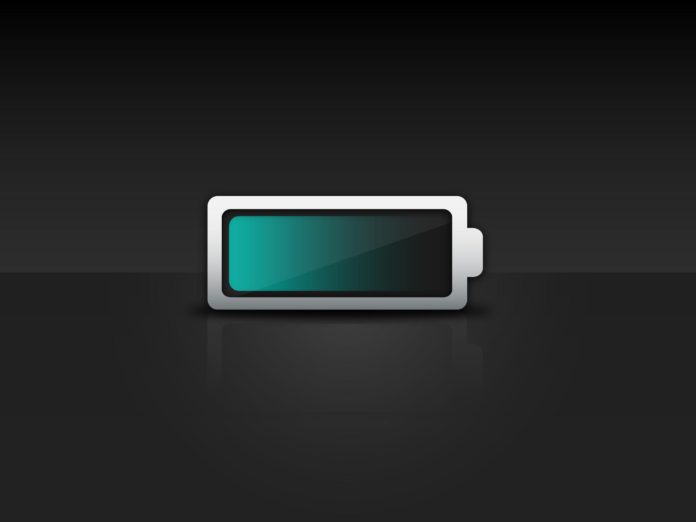A team of Swiss researchers led by Maksym Kovalenko has bought a whole new meaning to the phrase low-cost battery as they set out to develop a battery out of some of the most common elements found on the planet, such as aluminum or magnesium. Using these metals would offer a much higher degree of safety than what’s currently available and at a much lower cost.
To make these batteries work, the liquid electrolyte that inside needs to be made up of special ions that won’t crystallize when at room temperature. Metal ions move between the anode and the cathode whilst being surrounded by a thick layer of chloride ions. There is the option to use large but lightweight organic anions, but the problem with that is: where do the thick ions go once the battery’s fully charged? Also, what would be a suitable cathode material? In lithium-ion batteries, a metal oxide is used for the cathode as this can absorb tiny lithium cations during the charging process. However, it won’t work for bigger ions, and the large anions have an opposite charge to the lithium cations.
In order to get around this issue, Kovalenko’s team took the principle behind the lithium-ion battery and flipped it so that instead of the anode being made of graphite, the cathode was. The thick anions were then placed between the layers of graphene. While on the hunt for the perfect graphite, the team discovered that waste graphite from steel production, often called “kish graphite” is ideal for use as the cathode material. They also discovered that natural graphite works well also, but must not be ground too finely or folded into shapes non-flake like. The reason for this is that the graphite layers are open along the flakes’ edges and allow thick anions to slip through. While finely ground graphite is usually used in lithium-ion batteries, it’s just not suitable for Kovalenko’s battery.
This new kind of graphite battery could become the next big thing in the world of batteries if Kovalenko’s team has anything to do with it. It’s highly cost-effective and long-lasting. “The aluminum chloride-graphite cathode battery could last decades in everyday household use,” said Kostiantyn Kravchyk, member of the research team. “Similar demonstrations, but further increased battery voltages, without compromising capacities, and of even lighter elements are on the way and will offer further increase in energy densities from current 60 Wh kg-1 to above 150 Wh kg-1.”
More News to Read

